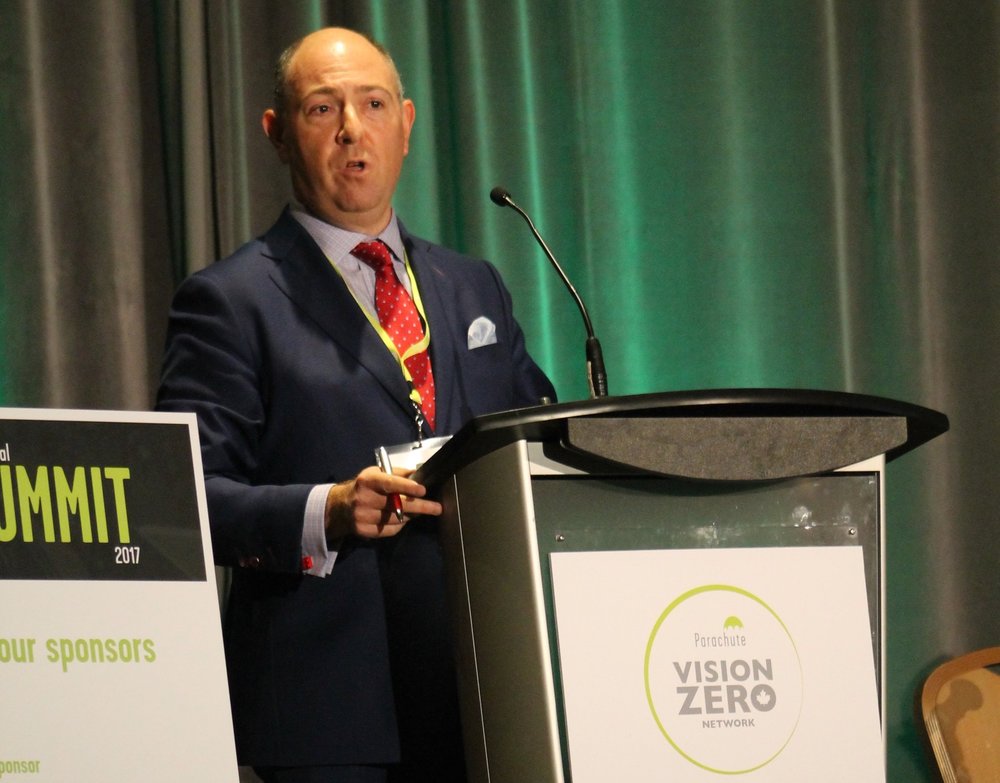Cannabis research suggests feds’ pot laws a guessing game – by Ed Prutschi
This page was last reviewed on December 20, 2017

This article first appeared in the Toronto Sun and 24 Hours Toronto on Oct 19, 2017:
For a government that promised to legislate using evidence-based science, the rapid approach of legalized marijuana in Canada is starting to look like a case study in blind faith.
Last week, federal justice officials issued the next round of details in their impending pot law. In addition to existing impaired-by-drug laws that police are already using to prosecute drugged drivers, three new criminal offences are destined to be born to deal with pot-impaired driving all based on the quantity of THC found in a person’s body.
If you’re caught with between two and five nanograms of THC per millilitre of blood, you’re facing a criminal conviction and a $1,000 fine. Quantities over five nanograms, or 2.5 nanograms combined with a blood alcohol concentration over .50 (as compared to the legal limit of .80 for alcohol impairment alone) will also carry $1,000 fines with escalating jail sentences on subsequent offences.
Earlier this week, I had the opportunity to join a panel at the Parachute Canada Vision Zero safety summit. After hobnobbing with scientists, senior police officials, and visiting a CAMH cannabis research lab, I learned that the string connecting our proposed new laws to any scientific foundation is disturbingly thin.
There are currently zero devices approved for use in Canada to test oral fluids for the presence of THC.
Even when (if ?) such a device is established as accurate and approved, there is no way to definitively state how many nanograms of THC might cause a particular individual to become impaired. The government admits the scientific challenges and cautions in its proposed regulation, “THC is a more complex molecule than alcohol and the science is unable to provide general guidance to drivers about how much cannabis can be consumed before it is unsafe to drive or before the proposed levels would be exceeded.”
That’s a pretty shocking statement which exposes an intractable problem. Pot legalization is coming. Some increase in pot-impaired driving is almost certain to come with it.
The government has promised an advertising campaign will be introduced alongside legalization to educate the public about marijuana and the new regulatory scheme but what can those ads tell users — particularly younger users who will form the key target demographic? How much marijuana can you consume and still be safe to drive? The government doesn’t know. How much marijuana can you consume before you’re over the legal limit? The government doesn’t know.
Does it matter if you smoke, vape or eat your pot? The government doesn’t know.
Does exceeding the legal limit even mean your ability to drive a car is impaired? The government doesn’t know.
The only things the government does know is that come July 1, 2018, pot will be legal. What happens next is anyone’s guess.
Ed Prutschi is a defence lawyer from Toronto (www.CrimLawCanada.com)